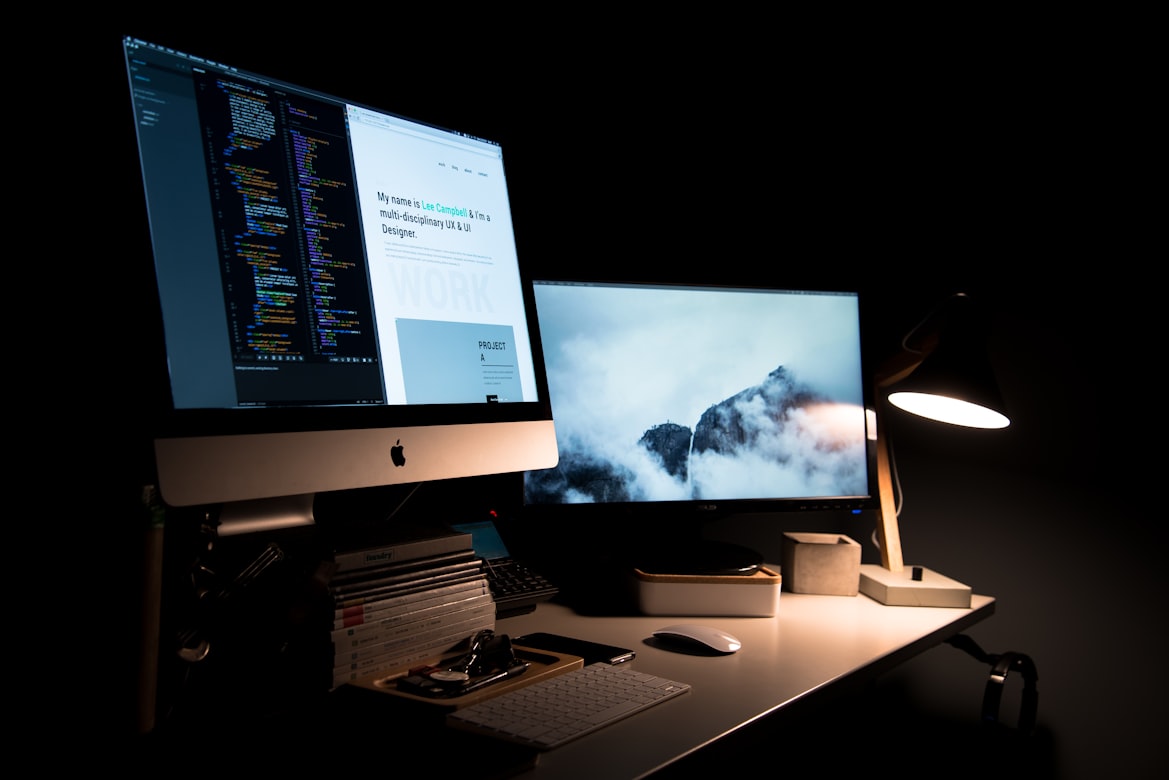When Should You Reconsider Using Time-Dependent Images On Your Website?
In terms of time, there are two methods to classify the content of a website.
Content that is current and valuable today is also relevant and beneficial in the future. On the other hand, time-sensitive material has a very short shelf life, ranging from a few days to a few months.
Including both types of material on your website has a lot of advantages. When it comes to employing time sensitive photos, though, you'll want to be extra cautious.
We'll look at some of the reasons why using time-sensitive images on your website might not be a smart idea.
When to Avoid Using Time-Related Images on Your Website
While evergreen material and graphics are advantageous for SEO, brand authority, and future-proofing a website, time-sensitive content is also valuable.
When it's only going to be for a few days.
It's crucial to consider whether something that just lasts a few days is worth the effort it takes to change the photos on your website.
Here are a few things to think about:
- Do you have enough traffic that the time-sensitive images will be seen?
- If not, are you willing to spend money and time on Google AdWords, social media campaigns, or email marketing to increase traffic for that period of time?
- Will the freshly uploaded imagery result in a boost in engagement, leads, or purchases, or will it just be a gimmick?
- A quick occasion worth altering your website images for is an industry conference or a Black Friday sale.
But it isn't due of the events themselves. It's because, despite the fact that they only last a few days, you need to raise awareness for weeks, if not months, before to them.
When it only applies to a small portion of your audience.
As a designer, you put forth a lot of effort to build websites that are appealing to the people that visit them. You select colors, fonts, and photographs to create a friendly digital environment.
However, not every website caters to a certain demographic, therefore the design must appeal to a broad range of people.
Do you believe that seeing: would make every visitor, prospect, or client happy?
- Images and messages with a Christmas theme?
- A banner celebrating the Olympic speed skating gold champion who is also a hometown hero?
- On the day of the US elections, a vector graphic that says "We Voted!"
- Keep those photos off your site if the material is too demographic focused and the site serves a much larger audience.
When the number of stock photos available is restricted.
In web design, there's nothing wrong with using stock photographs. However, when what you're seeking for isn't accessible, it becomes an issue.
As a result, you either have to choose from a limited set of permitted photographs, or risk using the same image as everyone else. Alternatively, you may need to utilize something abstract since no photos for the time-sensitive subject you wish to convey have been developed yet.
This was an issue early in the COVID-19 epidemic, to say the least. Images of infections, individuals wearing masks, and social isolation were not particularly common before to 2020.
When the topic is too divisive.
Emotion is at the heart of web design. Images, in particular, have a significant impact on how visitors and consumers perceive your business and the products you sell.
As a consequence, you take great care while selecting website pictures that trigger the appropriate emotions. This is no exception.
What you'll have to decide is whether or not using a controversial or emotionally charged image is worth the reaction.
People were outraged when Nike featured Colin Kaepernick in their 2018 commercial campaign. They boycotted the company, and others even threw away their Nike clothing. Nike, on the other hand, came out on top, collecting $6 billion as a result of the campaign.
Before you push your brand into emotionally charged situations and discussions, you must first understand who your target customer is. Because, let's face it, not every brand can sustain the negative publicity and financial losses that come with a poorly timed or positioned picture.
Do you think you'd get a positive response if you utilized a provocative image and statement on your website or in your advertising campaigns? If not, you should keep your site and the brand's social activity calls distinct.
When it's absolutely unrelated to the brand.
One of the reasons the Nike ad was successful was that it was on brand and known to the target audience.
When dealing with time-sensitive and generally sensitive matters, however, you must ensure that there is a genuine relationship. Otherwise, the use of such images will come across as a form of virtue signaling.
This isn't only an issue if it feels like you're dragging the website and brand into a wholly unrelated topic or movement.
It might also be a problem if you overuse it.
Many websites, for example, employed notice banners or developed new pages in 2020 to inform clients of COVID-19-related changes. That's a very reasonable reason to include information about the epidemic on a website.
What you won't see on these sites, though, are photographs that don't make sense for the company or its customers.
How do you think HelloFresh consumers would react if the homepage included a snapshot of someone opening a box at home while wearing gloves and disinfecting their just arrived goods?
It may be a true portrayal of what people would do in the event of a pandemic, but is it what they want to watch right now?
Something like that is probably not the compassionate design decision you were hoping for. Remember: You want guests to leave with a happy feeling, not with a reminder of their current situation or the misery they're trying to escape.

